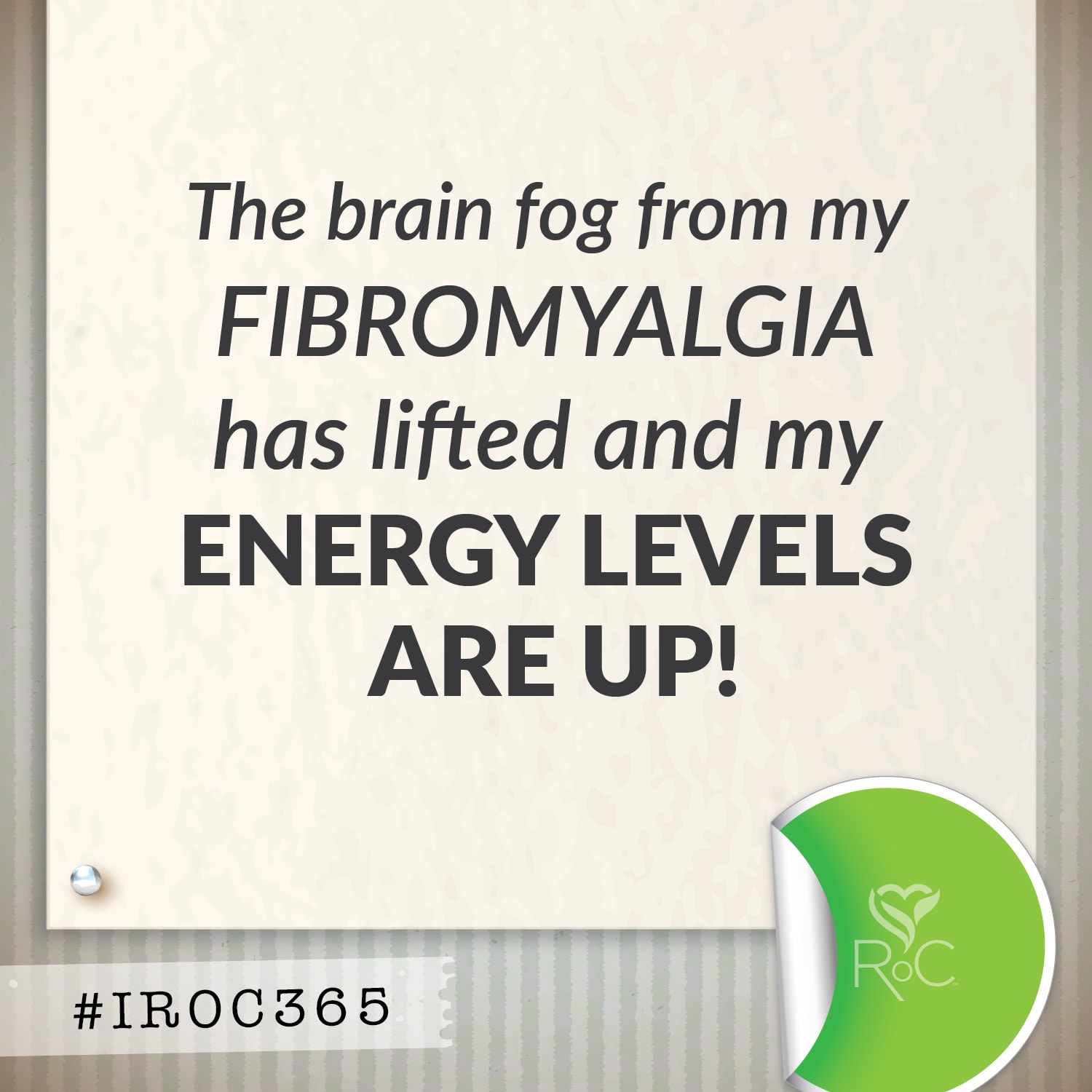
This can cause the part of the brain that controls blood pressure, breathing rate, and heart rate to suddenly switch gears and get out of sync. Strong emotions in response to pain, blood, or something shocking or scary. Overheating―especially in overcrowded environments. This can cause the blood to pool in the legs because of gravity or standing up quickly. Standing still for a long time in one place. Not drinking enough fluids also reduces blood volume and lowers blood pressure. Dehydration is the most common cause of fainting in children. Not drinking enough fluids―especially during Triggers for simple fainting can include: Most often, fainting happens in otherwise healthy children when there is a temporary drop in the flow of oxygen-rich blood to the brain (blood pressure).

A visit to the pediatrician or cardiologist may be necessary to rule out rare but potentially serious causes of fainting.

It's important for parents to learn about common fainting triggers such as dehydration and get prompt treatment when needed. Most young people recover quickly after fainting, typically in less than one minute. Has your child?Īlthough the experience can be frightening, it's Passing out or fainting―also known by the medical term syncope―is common among young people, especially teenagers.Īs many as 1 in 4 healthy children and adolescents have fainted at some point. By: Caitlin Haxel, MD, FAAP & Juan Villafane, MD, FAAP


 0 kommentar(er)
0 kommentar(er)
